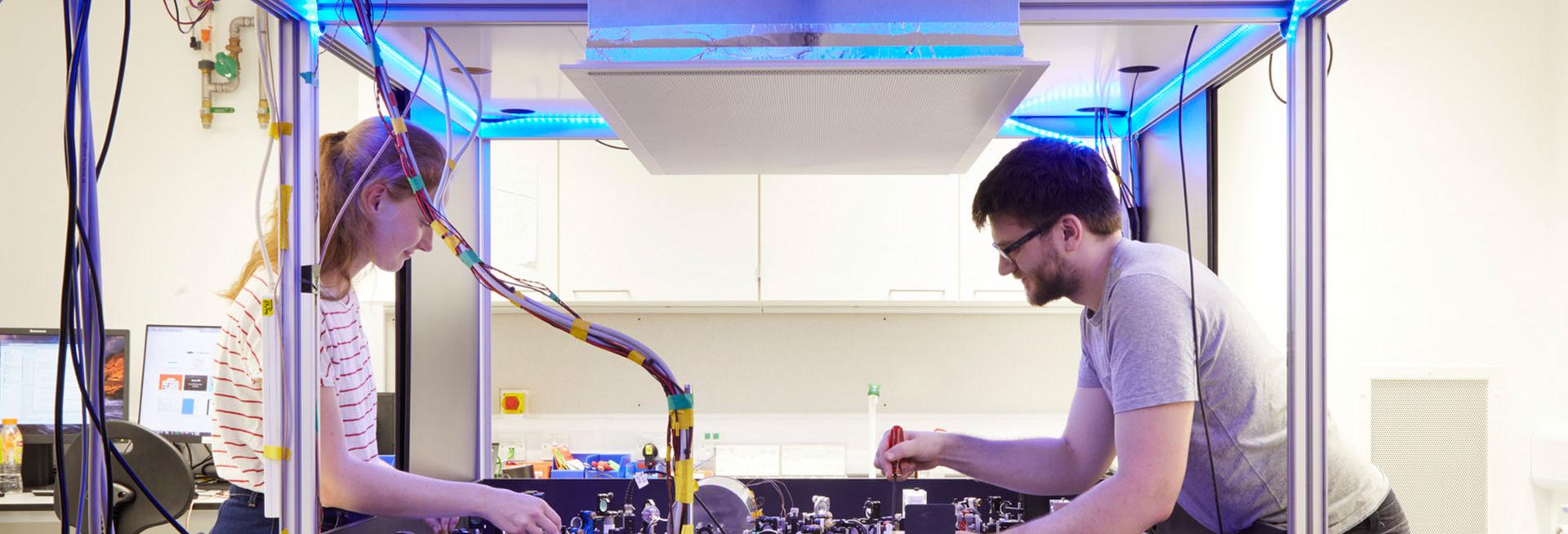2026 UROP Vacation Projects in Atomic & Laser Physics
We are offering several undergraduate research projects within Atomic & Laser Physics. Students selected for these projects will be paid the Oxford Living Wage (from April 2026: £14.06 per hour), subject to tax and National Insurance deductions. The duration and weekly hours of projects may vary.
Eligibility
These projects are open to:
- Current undergraduate students
- Students in taught Master’s programs
Preference may be given to candidates not starting a Ph.D. program in 2026.
We welcome applications from students at universities outside Oxford.
📌 Work eligibility requirement:
- Applicants must not require a visa to work in the UK.
- Tier 4 visa holders in the UK may apply if their visa permits vacation employment.
How to apply
- Submit a 2-page application (as one PDF file) via email to Gail Jackson (alpadmin@physics.ox.ac.uk) with "UROP" in the subject line.
- Your PDF file must be named:
📂 LAST NAME_First Name_ALP UROP_Name of Project Applied for
- Your application must include:
1️⃣ One-page statement (≤500 words)- Why do you want to do the project?
- Your previous experience.
- Research topics or projects of interest.
- 2️⃣ One-page CV
- 📌 Reference Requirement:
- You must provide the contact details (including email) of an academic referee.
- Your referee must submit a short letter of support separately via email to Gail Jackson (alpadmin@physics.ox.ac.uk) .
Applying for Multiple Projects?
- If you are applying for more than one project, you must submit a separate application for each project. Your file name should reflect the new project applied for and the covering letter should addreess the particular project applied for.
📂 Rename your email subject and PDF file accordingly for each project.

